Foundation Repair Timing and Methods
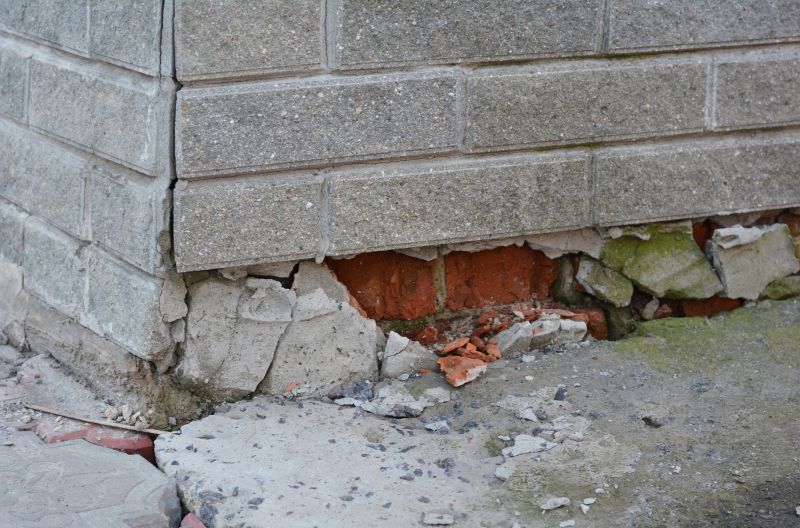
Spring often involves soil expansion due to moisture, making it an optimal time for repairs before soil shifts cause further damage.
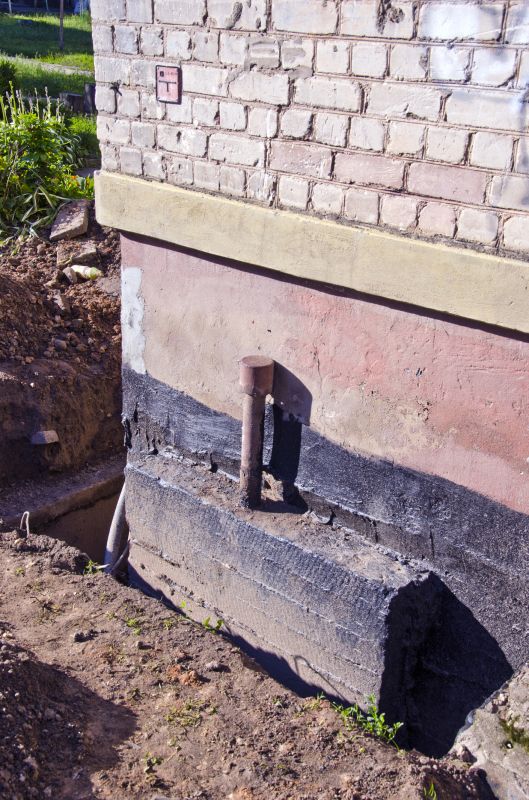
Summer provides stable weather conditions, reducing the risk of moisture-related issues during foundation repair projects.
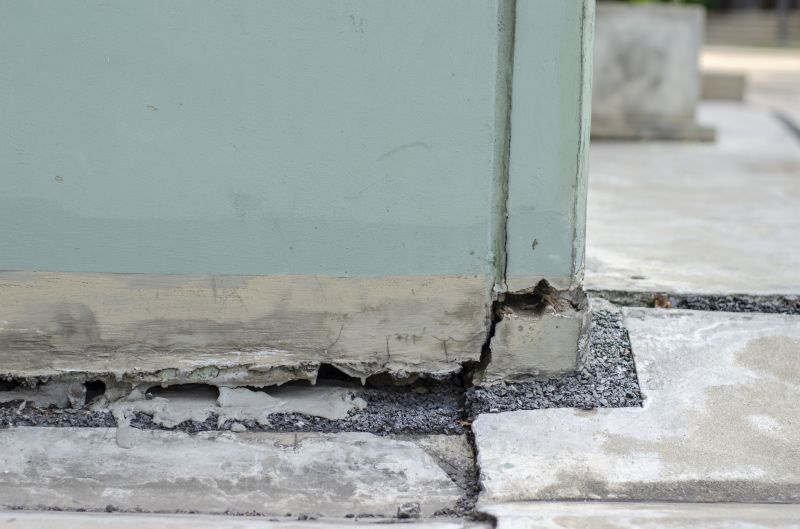
Fall allows for repairs to be completed before winter, minimizing freeze-thaw cycles that can exacerbate foundation problems.
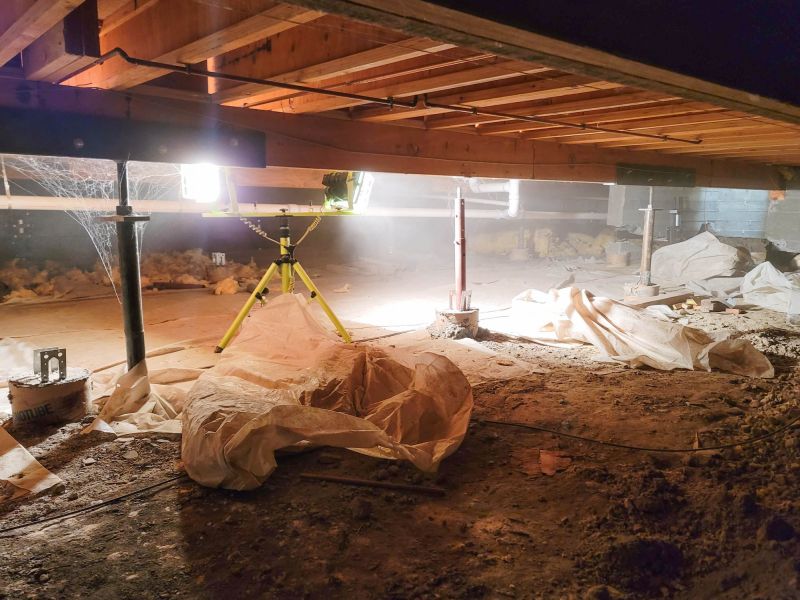
Ways to make Foundation Repairs work in tight or awkward layouts.
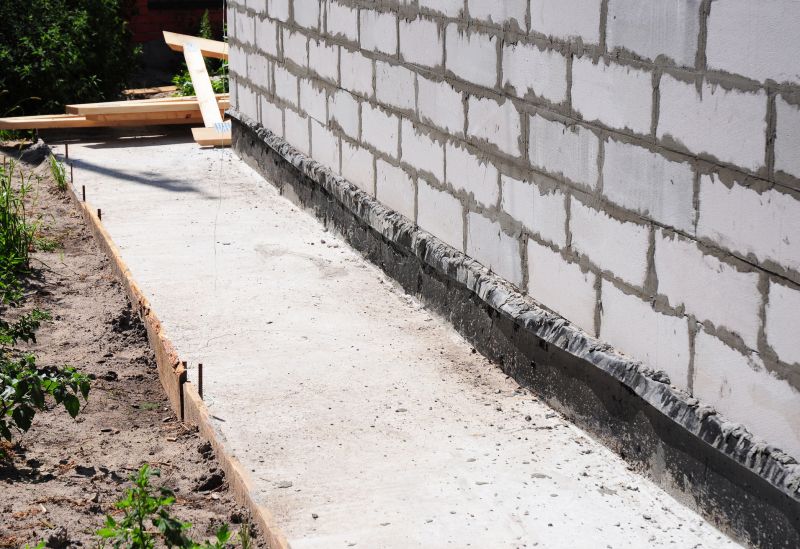
Popular materials for Foundation Repairs and why they hold up over time.

Simple add-ons that improve Foundation Repairs without blowing the budget.
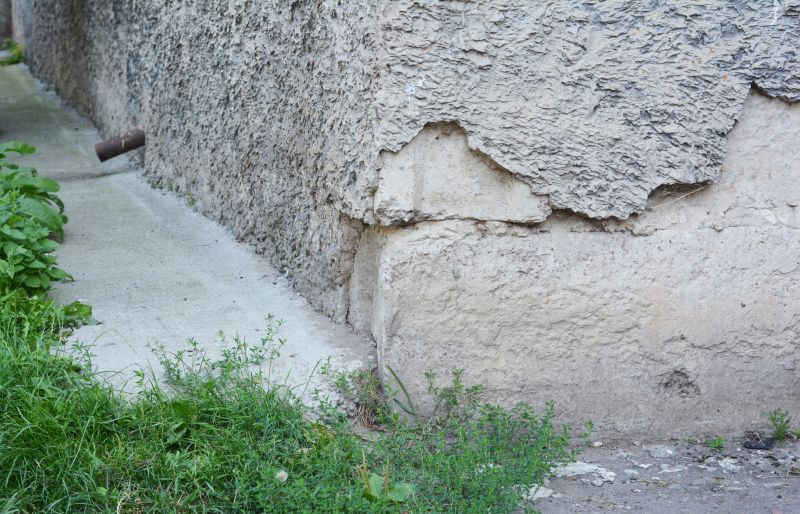
High-end options that actually feel worth it for Foundation Repairs.
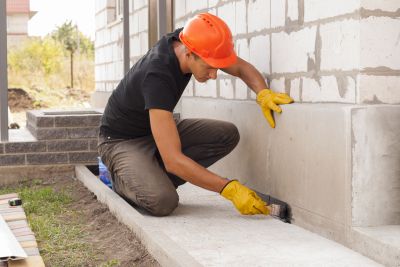
Finishes and colors that play nicely with Foundation Repairs.
Foundation repairs are essential for maintaining structural integrity and preventing further damage to a property. Addressing issues promptly can save costs and avoid extensive reconstruction. The timing of repairs plays a crucial role in their effectiveness, with certain seasons offering more favorable conditions for successful repairs.
Statistics indicate that nearly 25% of homes experience foundation issues at some point, often due to soil movement, moisture fluctuations, or temperature changes. Repair techniques vary based on the season, with methods tailored to soil conditions and weather patterns to ensure longevity and stability.
Cracks in walls, uneven floors, and sticking doors are common indicators that foundation repairs may be needed.
Common techniques include piering, mudjacking, and underpinning, each suited to specific types of foundation issues.
Soil type, weather, and the extent of damage influence the best time for foundation repairs.
Ensuring proper drainage and moisture control can improve repair outcomes and prevent future problems.

A team performing piering to stabilize a foundation.
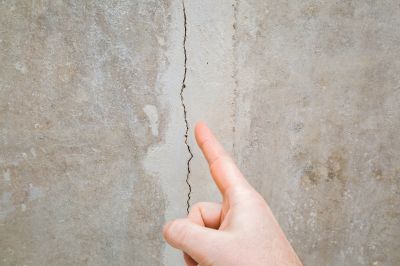
Assessing wall cracks to determine repair needs.

Tools used to improve soil conditions before repairs.
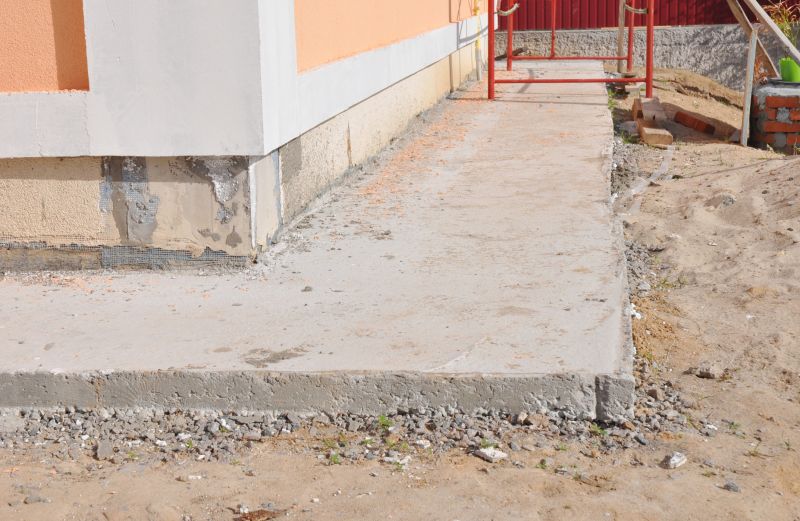
Visual comparison of foundation repair results.

Improving water flow around the foundation.
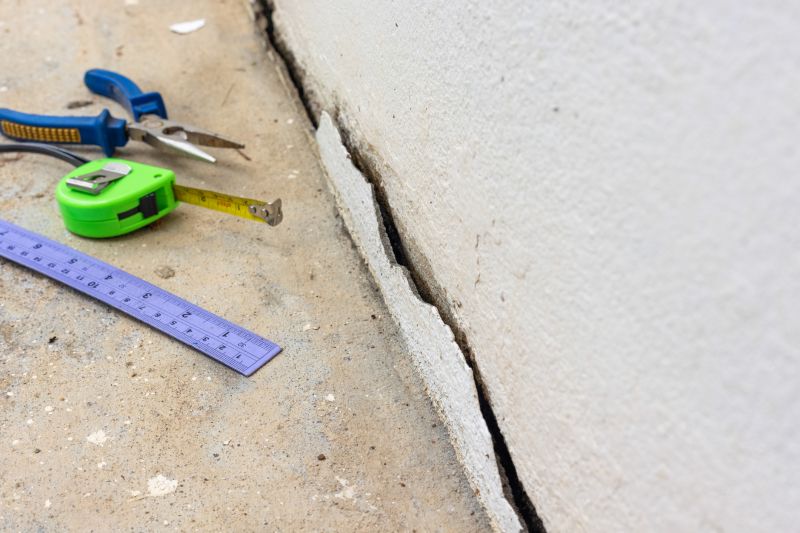
Detailed assessment of foundation condition.
| Season | Optimal Repair Conditions |
|---|---|
| Spring | Soil is moist and easier to work with, but watch for ongoing moisture issues. |
| Summer | Dry and stable weather, ideal for most repair methods. |
| Fall | Cooler temperatures and dry conditions help prepare for winter. |
| Winter | Limited options due to freezing temperatures and frozen soil. |
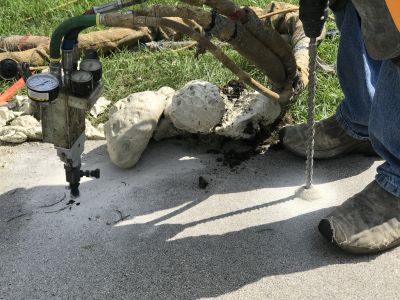
Specialized tools used for underpinning and piering.
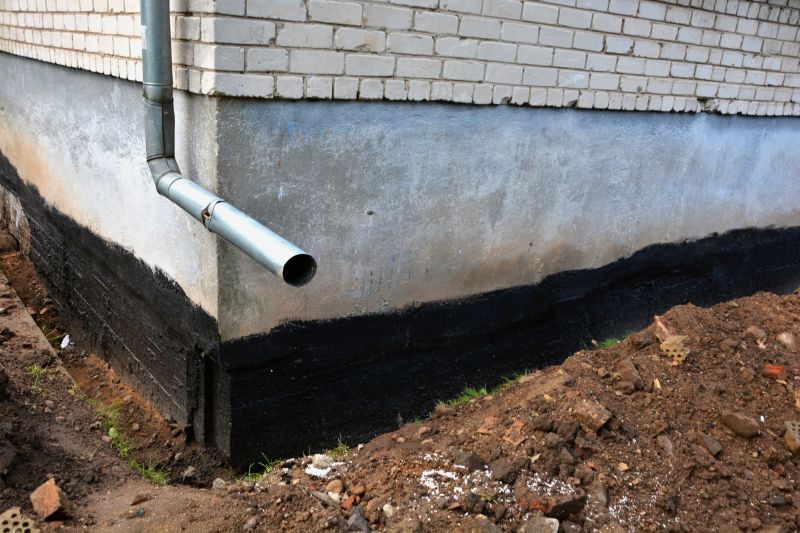
Drainage and waterproofing systems to protect foundations.
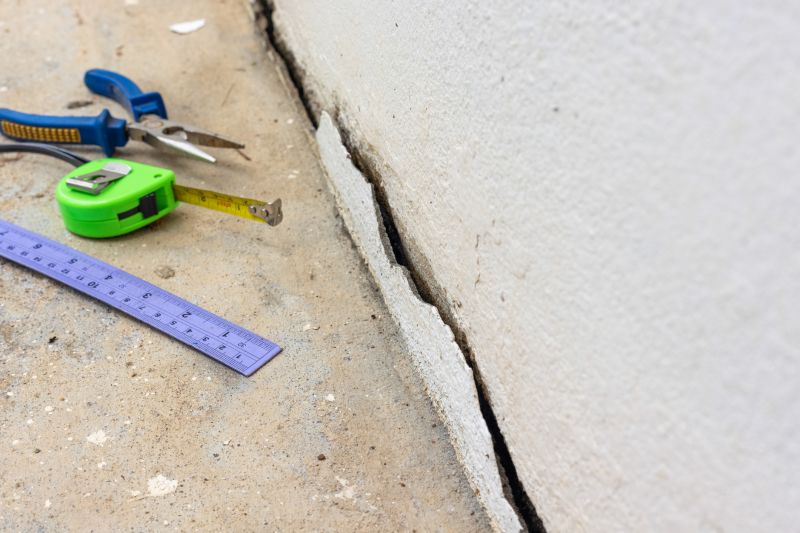
Materials used to seal and reinforce cracks.

Assessing soil conditions before repairs.
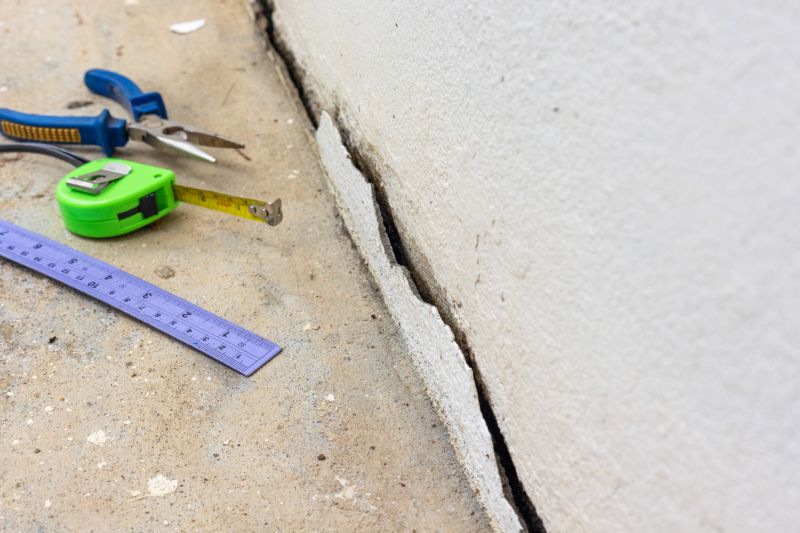
Little measurements that prevent headaches on Foundation Repairs day.
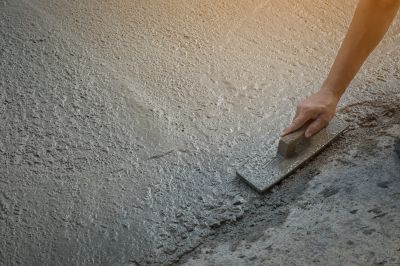
A 60-second routine that keeps Foundation Repairs looking new.
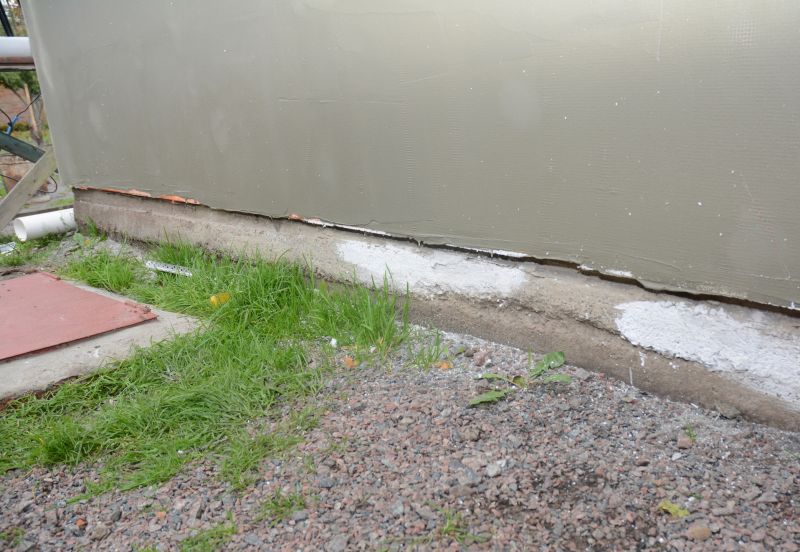
A frequent mistake in Foundation Repairs and how to dodge it.
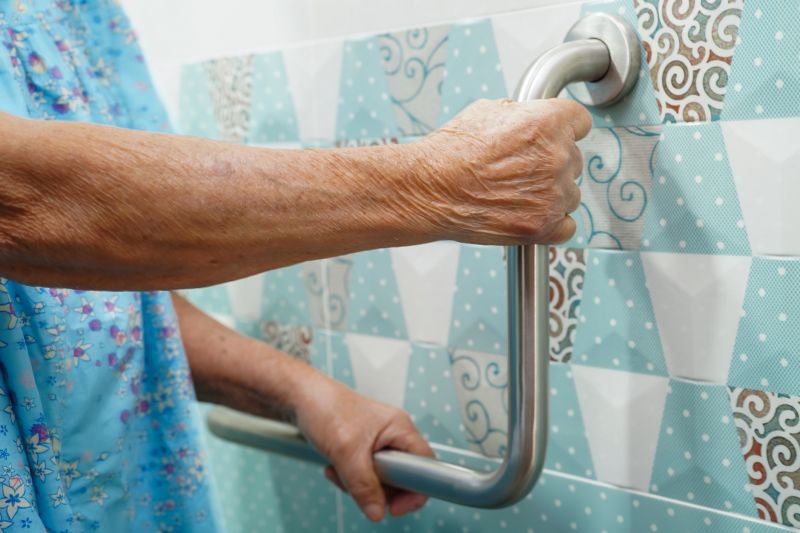
Small tweaks to make Foundation Repairs safer and easier to use.
Interested in foundation repairs? Filling out the contact form provides an opportunity to discuss options and schedule assessments. Proper timing and professional intervention can help ensure the stability and safety of a property.

